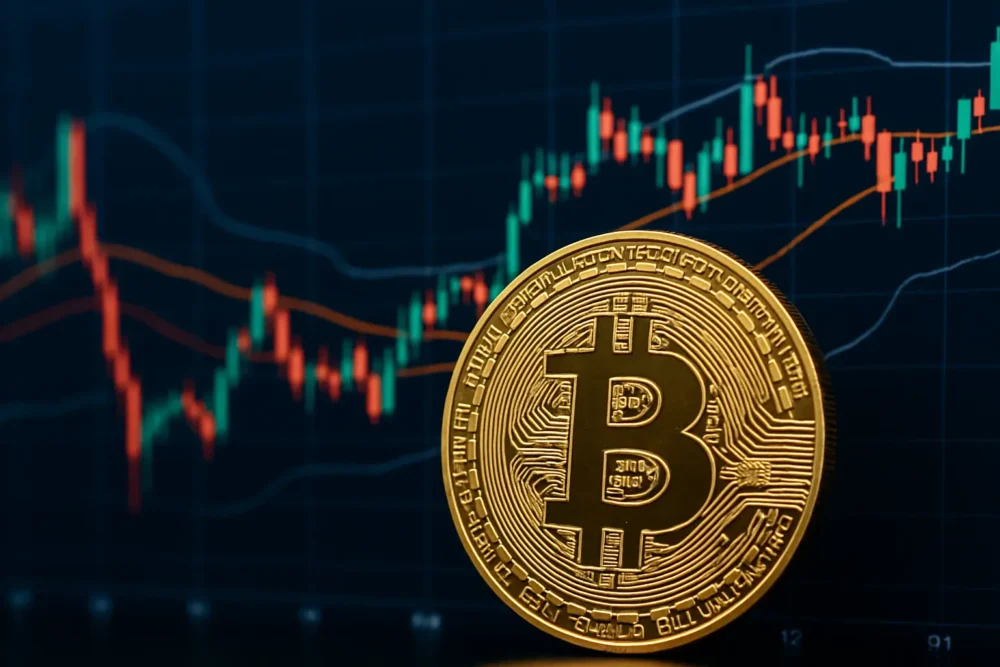Blockchain developer Ripple Labs has unveiled plans to launch a stablecoin pegged to the US dollar within the year.
This move comes at a time when stablecoins are gaining traction, with market projections estimating a surge to over $2.8 trillion by 2028.
Ripple aims to carve out a niche for itself in this booming market by introducing a stablecoin that promises to be fully collateralised by US dollar deposits, short-term US government treasuries, and other cash equivalents.
“These reserve assets will be audited by a third-party accounting firm, and Ripple will publish monthly attestations”, said the US-based technology company.
The robustness of their collateral strategy would ensure that the stablecoin will have a solid foundation in real-world assets. This approach is expected to provide a higher degree of stability and trust, addressing some of the volatility concerns that have plagued the cryptocurrency sector.
The firm also pledged to uphold transparency by conducting third-party audits and publishing monthly attestations, although the auditing firm has yet to be disclosed.
A strategic expansion
The introduction of Ripple’s stablecoin is not just a new product launch but a strategic move into a field dominated by giants like Tether and Circle, and more recently, PayPal with its PYUSD stablecoin.
Stablecoins have become a key player in the crypto space, offering a less volatile alternative to traditional cryptocurrencies. They’re pegged to external assets like fiat currencies, providing a bridge between the digital and traditional financial worlds.
Ripple’s entry into this market signals a noteworthy shift, positioning it as a formidable competitor. The company is not just launching another cryptocurrency but is aiming to foster broader institutional and decentralised finance (DeFi) adoption across multiple ecosystems.
By making the stablecoin available on both the XRP Ledger and Ethereum blockchains, Ripple is setting the stage for a wide range of applications, from payments to smart contracts, enhancing liquidity and opening new avenues for users and developers alike.
Future prospects
The anticipation surrounding Ripple’s stablecoin is palpable, with plans to extend its reach beyond the initial launch on XRPL and Ethereum.
The company’s vision includes broadening its availability to additional blockchains, DeFi protocols, and applications, underscoring Ripple’s commitment to interoperability and innovation.
Ripple’s CEO, Brad Garlinghouse, highlighted the significance of partnerships with compliant, crypto-native entities, especially for institutions venturing into the stablecoin space.
“And Ripple’s track record and resiliency speaks for itself, as we launch new products and acquire companies through multiple market cycles”, he added.
Furthermore, Ripple is eyeing the integration of both XRP and its new stablecoin into its payment solutions, aiming to enhance customer experiences and mark the first large-scale enterprise use case for the asset.
This move is particularly targeted at emerging markets, where there’s a clear demand for stablecoin payouts, showcasing Ripple’s commitment to addressing global financial challenges.
Ripple’s President, Monica Long, has also been vocal about the potential impact and utility of Ripple’s forthcoming stablecoin. She emphasised the significant opportunities it will unlock for institutional and decentralised finance (DeFi) use cases across various ecosystems.
By issuing the stablecoin on the XRP Ledger and Ethereum blockchains, Long believes that it will not only foster innovation but also facilitate seamless cross-chain interoperability, essential for the growth and adoption of DeFi applications.


